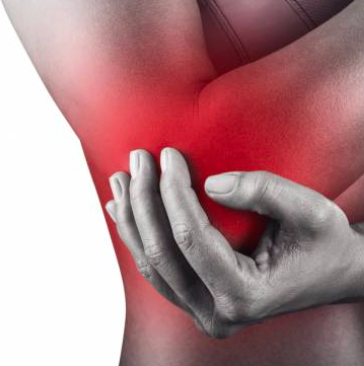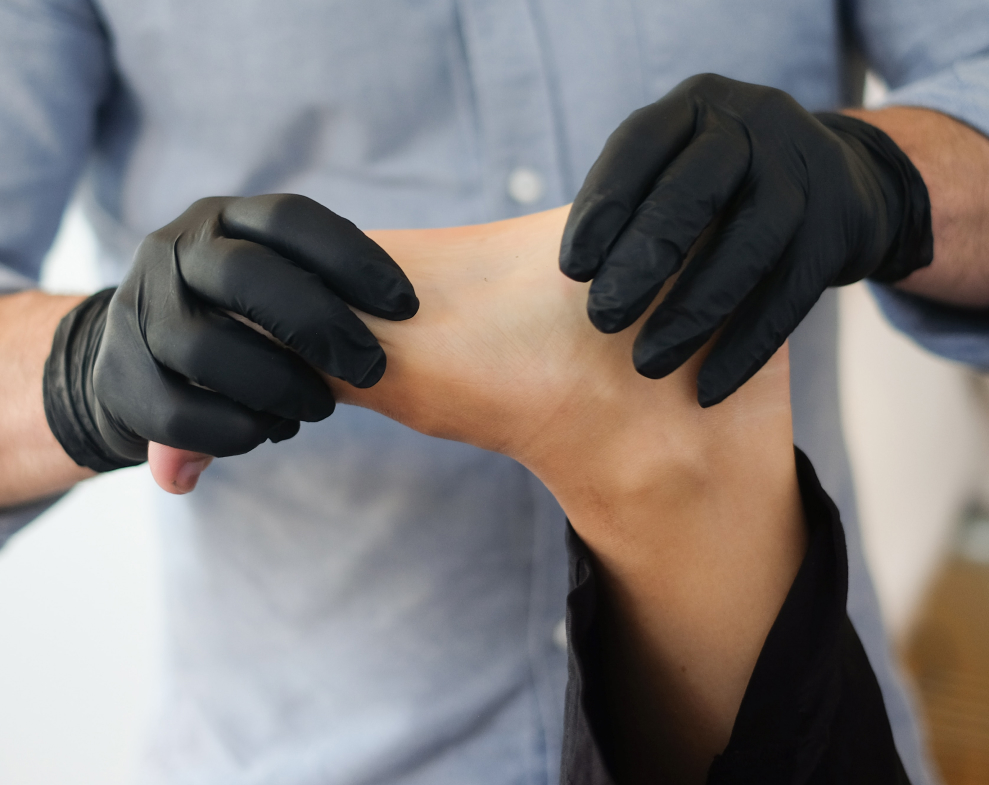Whats the best way to treat tennis elbow?

Tennis elbow, also known as lateral epicondylitis, is a common condition that affects people who frequently use their forearms, wrists, and hands. It causes pain and tenderness on the outer part of the elbow, and can limit a person's ability to perform everyday tasks or participate in sports activities.
At our physiotherapy clinic, we understand the impact that tennis elbow can have on a person's quality of life. That's why we offer personalized treatment plans that are designed to relieve pain, restore function, and prevent future injuries.
In this blog post, we'll discuss the causes, symptoms, and treatment options for tennis elbow, and provide some tips on how to prevent it from happening in the first place.
Causes of Tennis Elbow
Tennis elbow is caused by overuse of the forearm muscles and tendons that attach to the lateral epicondyle, a bony bump on the outer part of the elbow. The repeated stress on these tissues can lead to microtears, inflammation, and pain.
Some of the activities that can lead to tennis elbow include:
- Playing racquet sports like tennis, squash, or badminton
- Lifting weights or doing other repetitive arm motions in the gym
- Using power tools or gardening equipment
- Typing or using a computer mouse for extended periods of time
Symptoms of Tennis Elbow
The most common symptom of tennis elbow is pain and tenderness on the outer part of the elbow. The pain may radiate down the forearm and be aggravated by gripping or twisting motions. Other symptoms may include:
- Weakness in the affected arm
- Stiffness in the elbow joint
- Difficulty with fine motor tasks like writing or buttoning clothes
- Numbness or tingling in the fingers
Treatment Options for Tennis Elbow
There are several treatment options for tennis elbow, depending on the severity of the condition and the patient's individual needs. Some of the most common treatments include:
- Rest and ice: Resting the affected arm and applying ice to the elbow can help reduce inflammation and pain.
- Physical therapy: A physiotherapist can prescribe exercises and stretches to help strengthen the forearm muscles and improve flexibility.
- Brace or splint: Wearing a brace or splint can help support the elbow and reduce stress on the affected tissues.
- Medications: Over-the-counter pain relievers like ibuprofen or acetaminophen can help manage pain and inflammation.
- Injections: In some cases, a corticosteroid injection may be recommended to reduce inflammation and pain.
Preventing Tennis Elbow
Preventing tennis elbow involves reducing the risk of overuse injuries to the forearm muscles and tendons. Some tips for preventing tennis elbow include:
- Using proper technique: When playing sports or lifting weights, use proper form and technique to reduce stress on the forearm muscles and tendons.
- Strengthening exercises: Incorporating forearm strengthening exercises into your workout routine can help improve muscle endurance and reduce the risk of injury.
- Taking breaks: If you do activities that involve repetitive arm motions, take frequent breaks to rest your muscles and avoid overuse injuries.
- Using proper equipment: Using the correct size and weight of sports equipment, like tennis racquets or golf clubs, can help reduce stress on the forearm muscles and tendons.
Conclusion
Tennis elbow can be a painful and frustrating condition, but with the right treatment and prevention strategies, it can be managed effectively. At our physiotherapy clinic, we offer personalized treatment plans that are tailored to each patient's individual needs. If you're experiencing pain or stiffness in your elbow, don't hesitate to contact us to schedule a consultation. If you would like an appointment to have your elbow assessed, call us on 9815 2555 or book online here






